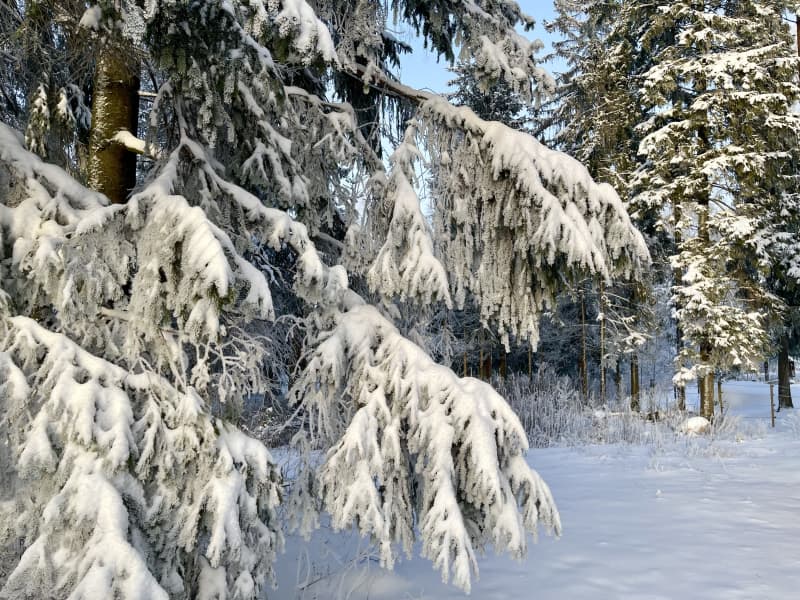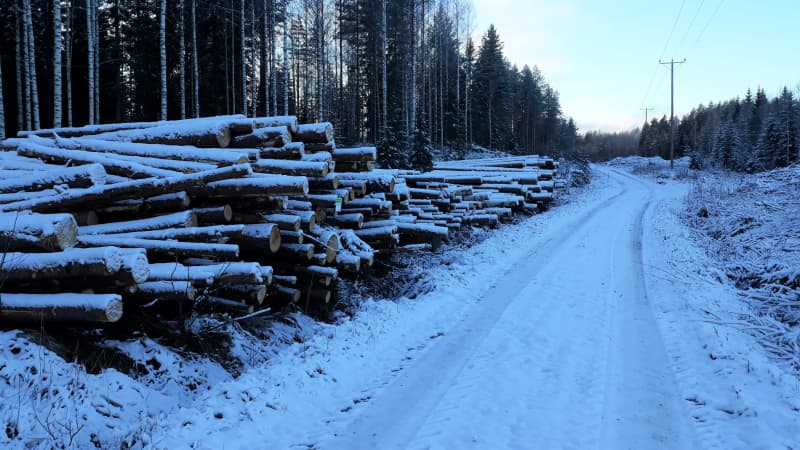
Finland has committed to protecting 30% of its land and marine area at the UNFCCC. We found out how much of an impact conservation has on forest use.
The UN World Summit on Nature reached a landmark agreement on Monday to safeguard biodiversity when nearly 200 countries unanimously adopted the International Convention on Biodiversity. The most important point of the agreement commits countries to protect in some way 30% of their land and marine areas by 2030.
In Finland, protection is particularly focused on forests, which account for around three quarters of the total area of the Republic. What does this protection mean in practice?
How do we protect now?
Currently, individual landowners can protect the nature of the land they own by including it in a network of nature reserves, either permanently or for a limited period, for example 20 years.
Except for the most endangered sites, protection is based on voluntariness, and the landowner is paid compensation for the protection. According to current thinking, protected areas are under strict protection.
– Recently, we have not had mandatory nature conservation for private owners, although there are experiences with that in history, Eini says.
According to the Ministry of the Environment, private lands currently make up a small part, about 8 percent, of the strictly protected surface area. In addition to strict protection, some private forests are subjected to some economic or other types of forest management.
Most of Finland’s strictly protected nature is currently owned by the state. Protected areas include, for example, national parks, wetland conservation areas and wilderness areas.

Economic forests a big issue
Eini, director of the Metsäkeskus under the guidance of the Ministry of Agriculture and Forestry, estimates that Finland is facing a significant political value choice, how to use commercial forests in the future.
– The concept of sustainable use of forests is traditionally known in Finland. It has been understood to include ecological, economic and social sustainability. In recent years, climate sustainability has come into play, and then in the last year, the fifth big question has been security of supply, says Eini.
The ambitious 30 percent conservation goal will in some way also apply to economic forests in the future. In particular, the final definition of partial protection will determine what this means in practice.

Metsäkeskus Eini is based on the idea that significant measures are already being taken to preserve natural diversity in forests in commercial use.
– Instead of protecting large areas, we can protect organisms and nature in a very targeted way with precise forest management, says Eini.

The mission of Metsäkeskus is to train and advise forest owners in the management, utilization and protection of forests, and to promote that livelihoods based on forests are as versatile as possible and that operations are profitable. The point of view is therefore forestry.
– The use of forests is a big issue for us Finns socially and economically. Although the indirect effects of reducing forest logging on jobs, tax revenues and export revenues must be evaluated as a whole, Metsäkeskus Eini says.


